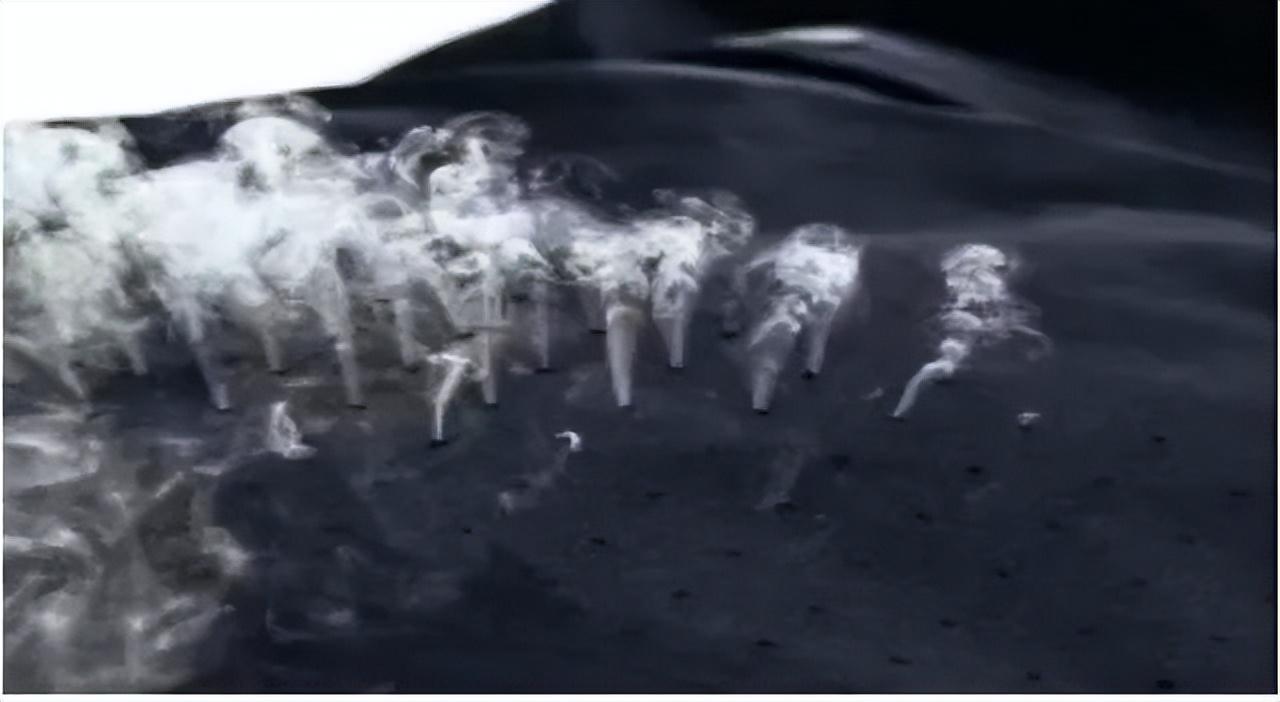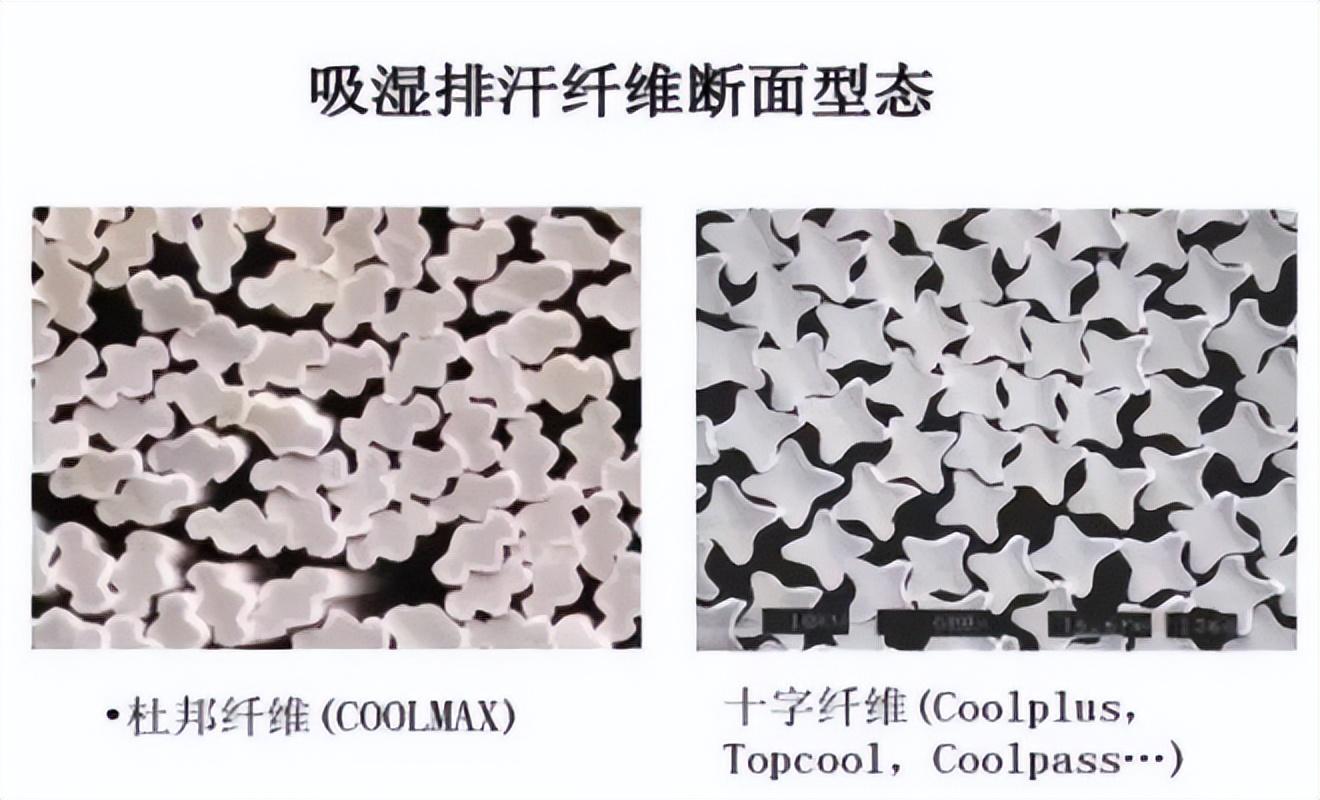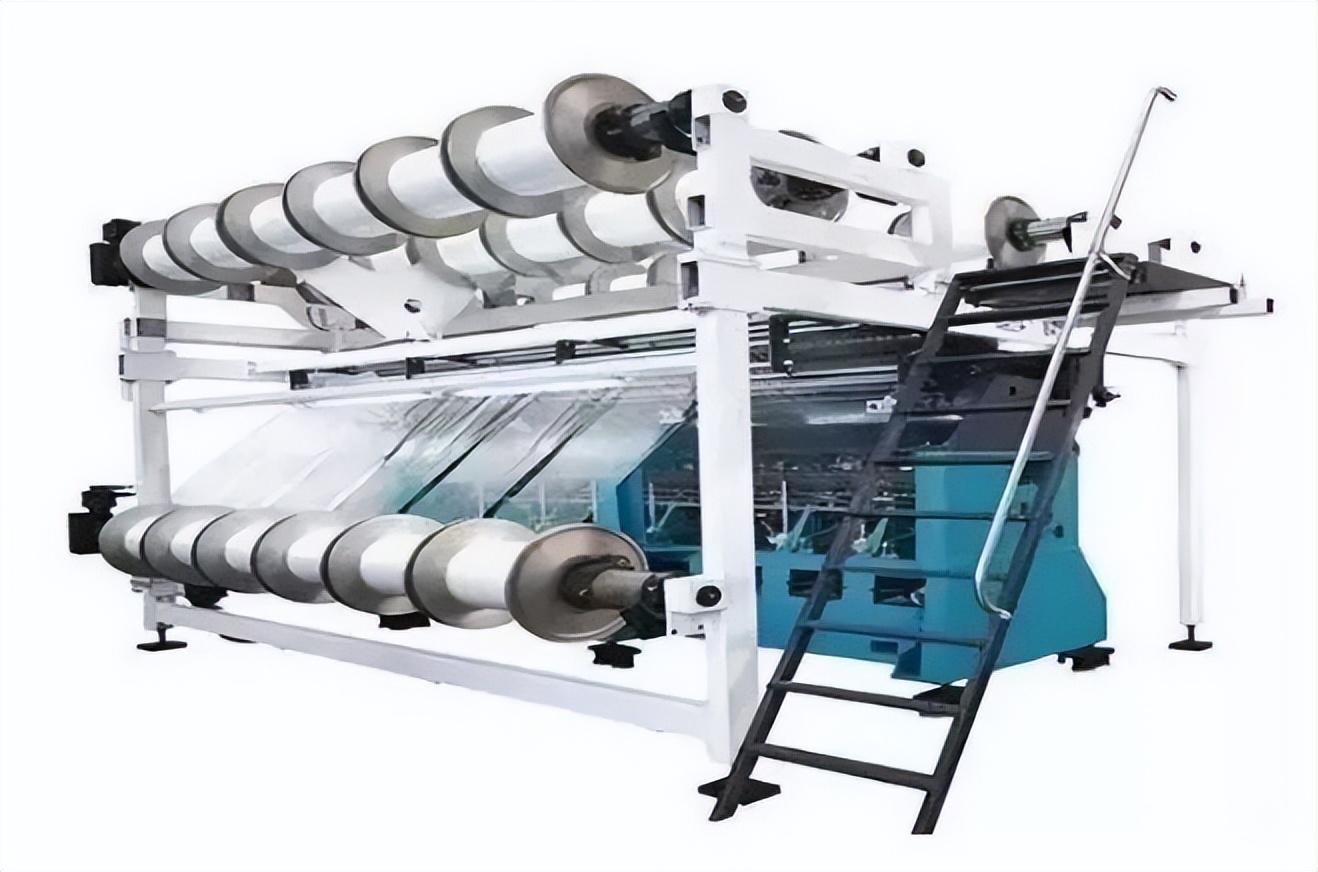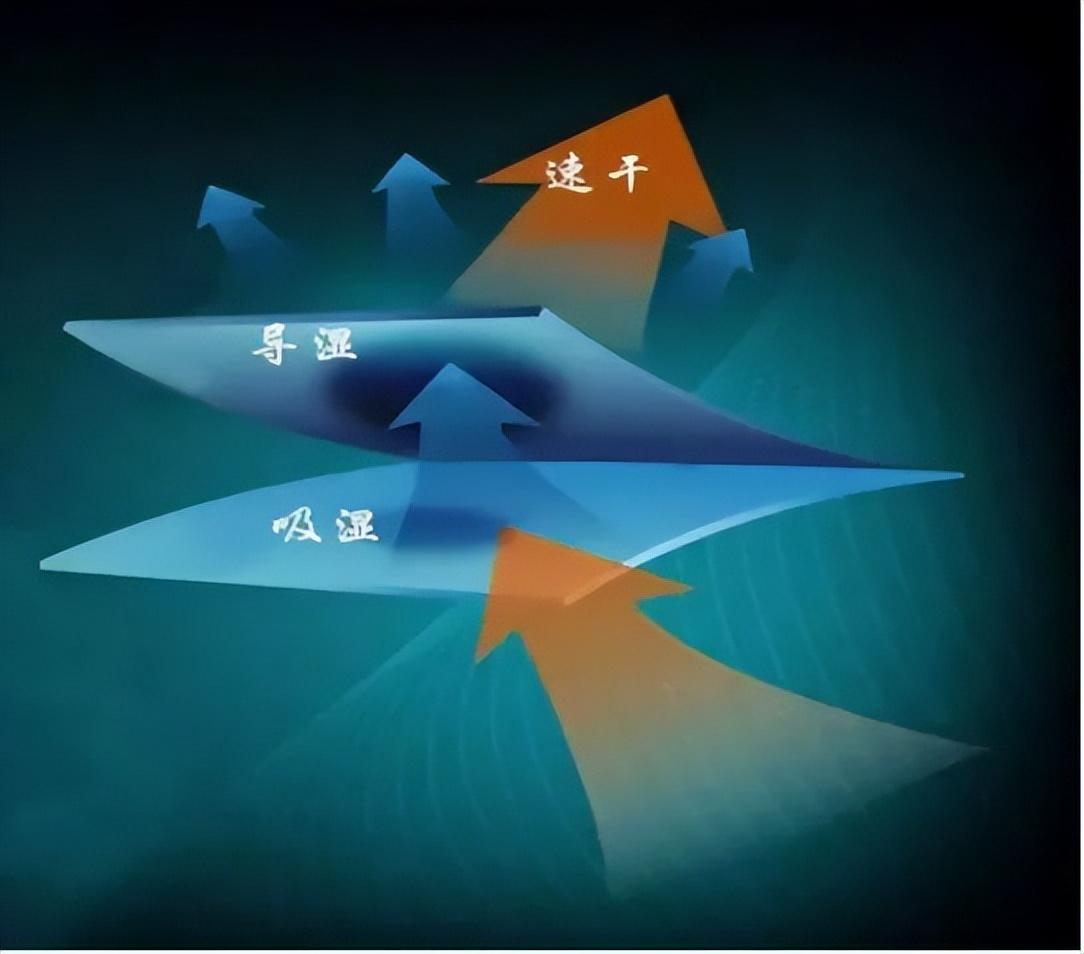Moisture wicking textile products have developed rapidly in recent years A type of functional textile products, especially in sports, leisure, outdoor and travel apparel products, has become a highlight in guiding the market and consumption. Moisture-wicking fabrics may seem complicated, but they are not a completely high-tech problem. It can be designed from the aspects of moisture-absorbing and moisture-conducting fibers, fabric structure, etc. In order to realize related functions easily and quickly, most of the moisture-absorbing and sweat-wicking fabrics currently on the market are thin fabrics. The fabrics include single-sided fabrics, double-sided fabrics or multi-layer fabrics.

1. Moisture-absorbent and sweat-wicking fiber
The moisture wicking performance of fiber depends on its chemical composition and physical structure. The gaseous moisture that evaporates from the skin surface is first absorbed by the fiber material (i.e., hygroscopic), and then releases moisture through the material surface; while the liquid moisture on the skin surface is formed by the pores (pores, micropores, grooves) inside the fiber and the gaps between the fibers. The capillary effect produced by the voids causes the adsorption, diffusion and evaporation of moisture on the surfaces between materials (ie, moisture release).
Fiber conducts moisture The form can be mainly divided into two situations: infiltration and wicking. The former refers to the conduction of liquid water along the surface of single fibers or fiber aggregates in the form of infiltration. The latter refers to the capillary core of liquid in fiber aggregates or single fiber pores. suction effect. Among them, infiltration is the basis and premise of wicking. Fiber infiltration can be characterized by measuring contact angle, infiltration force, spreading speed and other indicators; fiber wicking can be characterized by wicking height, wicking speed and other indicators. The two effects result in water migration. The former effect is mainly related to the chemical composition of the fiber macromolecules, and the latter effect is related to the fiber macromolecules.
It is related to the physical structure and form of the dimension.
Moisture wicking Fibers generally have a high specific surface area, with numerous pores or grooves on the surface, and their cross-sections are generally in special shapes. The capillary effect is used to enable the fibers to quickly absorb moisture and sweat from the skin surface, and then spread and transfer it to the outside. Layers of hair.
2. Development of moisture-absorbent and sweat-wicking fibers
The earliest products in China that introduced the concept of moisture wicking or moisture absorption and quick-drying were functional textile products developed based on the characteristics of natural fibers. In order to improve the discomfort caused by the characteristics of cotton fiber that is easy to absorb moisture but not easy to dry, people began to consider whether the conduction and evaporation of moisture can be accelerated by changing the structure of yarn or fabric, or even through finishing. To achieve the effect of moisture absorption and quick drying, the polyester cover cotton product that was once popular at that time is a typical example. Later, with the development of fiber technology, moisture-conducting and quick-drying products based on differentiated synthetic fibers as the main raw materials have begun to enter the market.

Chemistry Moisture-absorbing and sweat-wicking fibers mainly utilize fiber cross-section deformation (Y
Glyph, cross, W
(shaped and bone-shaped, etc.) form grooves on the surface of the fiber. With the help of the wicking and moisture-conducting structure of the grooves, moisture and sweat on the surface of the skin are quickly absorbed and excreted instantly. The fibers on the surface of the cloth then diffuse the sweat and quickly evaporate it. This achieves the purpose of absorbing moisture, wicking away sweat, regulating body temperature, and keeping skin dry and cool.
3. Weaving of sweat-wicking fibers
In the weaving process, through jacquard process design, the fabric thickness, jacquard and elastic areas are reasonably arranged, which can not only meet the human body’s needs for breathability, lifting and elasticity, but also make the fabric itself have a certain moisture absorption and dissipation Sweat function. Such as using
The RSJ 5/1 EL warp knitting machine can form meshes of different sizes in the fabric by designing appropriate jacquard weave to ensure smooth air circulation in the fabric and make the fabric have excellent moisture conductivity and breathability.

4. The organizational structure of sweat-wicking fabrics
Develop one-way moisture-conducting double-sided knitted fabric. The fabric adopts single-sided jacquard weave, rib change weave or double rib change weave. The inner layer uses hydrophobic fibers such as fine denier polyester, polypropylene, etc. to weave honeycomb or mesh. Point-like tissue structure, the outer layer is woven with high-density tissue structure using hydrophilic fibers such as cotton, wool, viscose, etc., which increases the differential capillary effect of the inner and outer fabrics and can also achieve one-way moisture conduction function.

In addition, the use of multi-layer structure fabric development Moisture-absorbing and sweat-wicking fabrics generally have an inner layer made of polypropylene, polyester and other special filaments, a middle layer made of cotton yarn and a moisture-absorbing layer, and an outer layer made of fibers with high strength and good permeability. Double rib composite tissue can be used for weaving. Similarly It can achieve sweat wicking, breathability and soft feel of knitted fabrics.
Three-layer structure of moisture-absorbing and sweat-wicking fabric: (1) is the outside of the outer layer of the fabric, that is, the moisture-absorbing, moisture-storing and releasing layer of the fabric; (2) is the middle part of the outer layer of the fabric, That is, the wicking and moisture-conducting layer of the fabric; (3) is the inner side of the outer layer of the fabric, that is, the strong moisture absorption and moisture storage layer of the fabric; (4) is the middle layer of the fabric, which is the elastic film of the fabric (polyurethane fiber is formed after melting and shaping ) middle layer; (5) is the inner layer of the fabric, which is the moisture-absorbing and quick-drying layer of the fabric.







